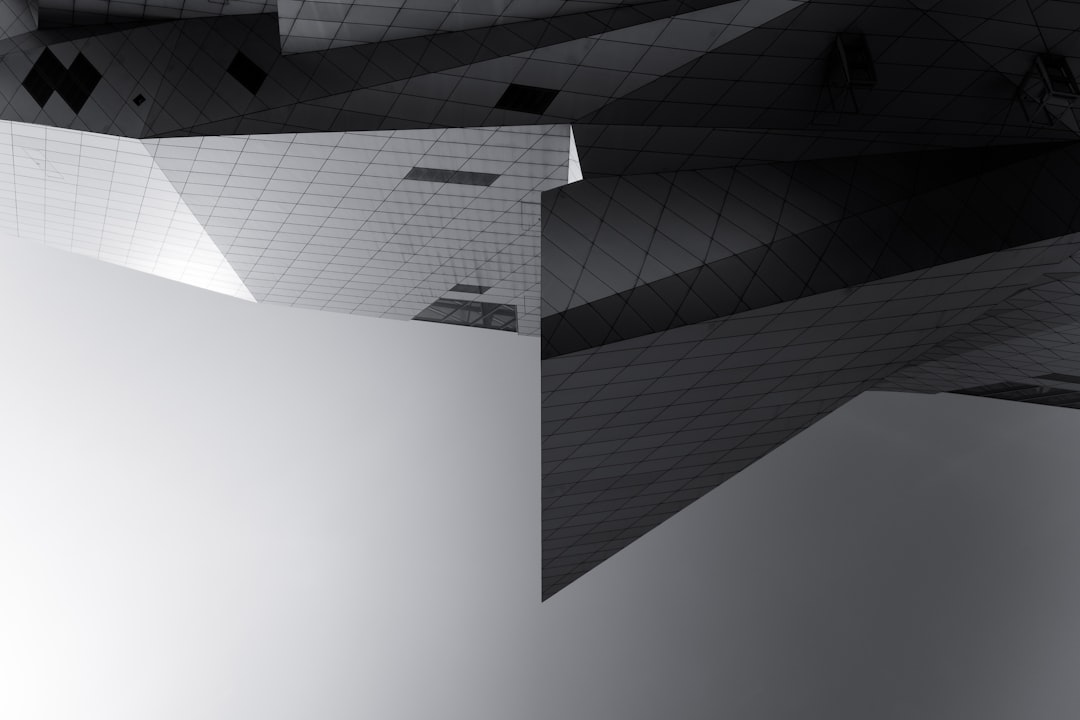Modular steel system solutions are revolutionizing various industries, offering a flexible, efficient, and cost-effective approach to construction and design. This comprehensive guide explores the key aspects of these systems, highlighting their advantages and diverse applications.
Designing with Modular Steel: Flexibility and Customization
One of the most significant advantages of modular steel systems is their inherent flexibility. Unlike traditional construction methods that often involve rigid designs and limited customization options, modular steel allows for a high degree of adaptability. Components are pre-engineered and manufactured off-site, but their modular nature allows for easy reconfiguration and expansion. This means that structures can be tailored to specific needs and easily modified as those needs evolve. For instance, a warehouse can be initially built with a specific layout and later expanded by simply adding more modules. This adaptability translates to significant cost savings in the long run, reducing the need for extensive demolition and reconstruction. The design process itself is streamlined, with pre-fabricated components simplifying planning and reducing potential on-site errors. Software tools are increasingly used for design and visualization, allowing for precise planning and efficient material usage.
Seamless Installation: Speed and Efficiency on the Construction Site
The pre-fabricated nature of modular steel systems significantly accelerates the installation process. Because components are manufactured off-site, on-site construction time is drastically reduced. This translates to faster project completion, reduced labor costs, and minimized disruptions. The modular design allows for easy assembly and connection of components, often using simple bolting or welding techniques. This reduces the need for specialized equipment and skilled labor on-site, making the process more efficient and cost-effective. Furthermore, modular steel systems are often designed for ease of transportation, allowing for efficient delivery and handling of components. This streamlined installation process minimizes potential delays and ensures projects are completed on schedule, a crucial factor in many industries.
The Strength and Durability of Steel: A Long-Term Investment
Steel is renowned for its exceptional strength and durability. Modular steel systems leverage these inherent properties to create robust and long-lasting structures. These systems are highly resistant to damage from environmental factors, such as extreme weather conditions, and can withstand significant loads. This inherent strength contributes to the overall safety and security of the structures built using these systems. Furthermore, steel is highly recyclable, making modular steel systems an environmentally responsible choice. At the end of their lifespan, components can be easily dismantled and recycled, minimizing waste and reducing the environmental impact of construction. This long-term durability and sustainability make modular steel systems a wise investment, offering exceptional value over their lifespan.
Diverse Applications: From Warehouses to Residential Buildings
The versatility of modular steel systems makes them suitable for a wide array of applications. In the industrial sector, they are commonly used for constructing warehouses, factories, and other large-scale structures. The flexibility of the system allows for the creation of customized layouts to optimize workflow and storage. In the commercial sector, modular steel is used for building office spaces, retail stores, and other commercial buildings. The speed and efficiency of construction are particularly attractive for fast-paced commercial projects. Residential applications are also on the rise, with modular steel systems increasingly used for constructing affordable and sustainable housing. The customizable nature of the systems allows for the creation of unique and attractive homes that meet individual needs. Furthermore, modular steel systems find applications in infrastructure projects, such as bridges and transportation hubs, leveraging their strength and durability for long-term performance.
Cost-Effectiveness and Return on Investment: A Smart Choice
While the initial investment in modular steel systems may seem comparable to traditional construction, the long-term cost-effectiveness is undeniable. Faster construction times translate to reduced labor costs and project completion within shorter timelines. The reduced need for on-site labor and specialized equipment further contributes to cost savings. The durability and longevity of steel structures minimize the need for frequent repairs and maintenance, resulting in substantial long-term cost savings. The streamlined design and manufacturing process reduce material waste and construction errors, further enhancing cost-efficiency. The overall combination of factors makes modular steel systems a smart investment, offering a superior return on investment compared to traditional construction methods. Furthermore, the potential for future expansion and adaptation allows for flexibility and scalability, minimizing the need for costly renovations or rebuilds in the future.
Modular steel system solutions offer a compelling alternative to traditional construction methods. Their flexibility, speed of installation, durability, and cost-effectiveness make them a viable solution for a wide range of applications. As technology advances and the demand for sustainable and efficient construction grows, the popularity and applications of modular steel systems are only set to increase.




